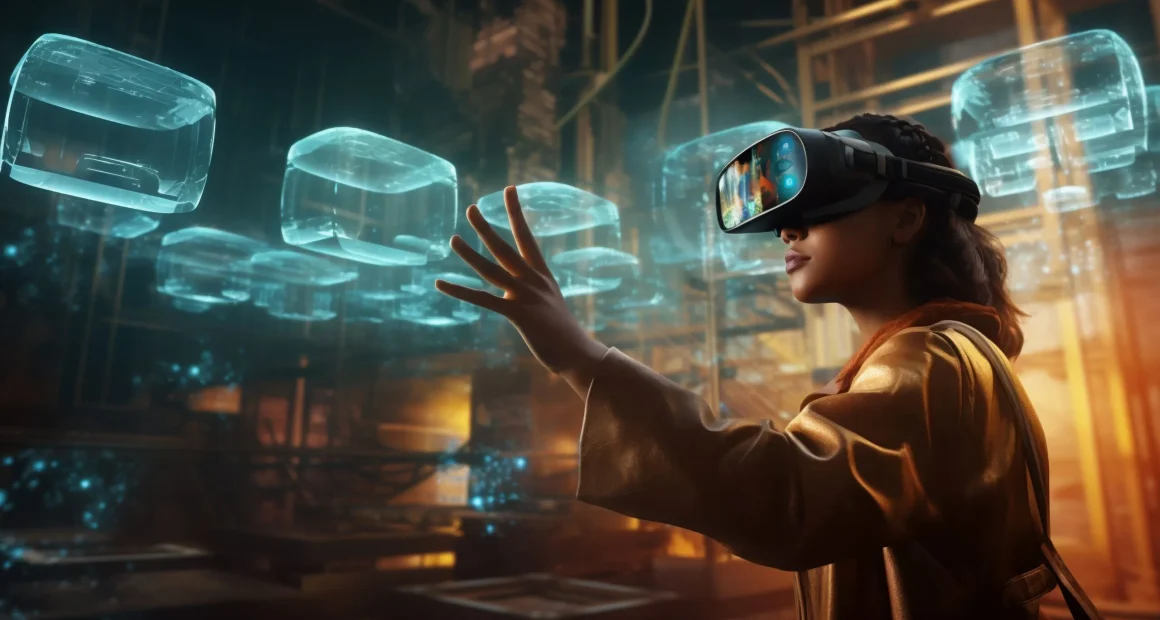The Power of AI and XR Convergence
Transforming Customer Interactions
The integration of Artificial Intelligence (AI) and Extended Reality (XR)—encompassing virtual reality (VR), augmented reality (AR), and mixed reality (MR)—is reshaping how businesses engage with customers. By combining AI’s data-driven insights with XR’s immersive environments, companies can create personalized, interactive, and memorable customer journeys that elevate satisfaction and loyalty in 2025’s competitive market.
Personalizing Experiences with AI
Tailoring Interactions in Real Time
AI plays a pivotal role in analyzing vast amounts of customer data to deliver hyper-personalized experiences. Machine learning algorithms predict preferences, segment audiences, and adapt content dynamically, ensuring relevance at every touchpoint. When paired with XR, AI enables real-time customization within immersive environments, such as tailoring virtual product demos or AR shopping experiences to individual user needs.
Immersive Engagement Through XR
Creating Virtual and Augmented Worlds
XR technologies immerse customers in interactive environments, from virtual showrooms to AR-enhanced retail. For example, customers can virtually test products in a VR store or use AR to visualize furniture in their homes. These engaging experiences deepen emotional connections with brands, driving higher engagement and conversion rates by making interactions more tangible and memorable.
Seamless Integration for Cohesive Journeys
Unifying AI and XR Platforms
To maximize impact, businesses must integrate AI and XR seamlessly using robust platforms like Unity or Unreal Engine, paired with AI frameworks such as TensorFlow. This synergy ensures smooth data flow between AI-driven analytics and XR interfaces, creating cohesive customer journeys. For instance, AI can adjust a VR shopping experience based on user behavior, enhancing satisfaction without disrupting immersion.
Enhancing Customer Support with AI-XR
Virtual Assistants in Immersive Spaces
AI-powered virtual assistants, embedded in XR environments, offer next-level customer support. These assistants can guide users through virtual stores, troubleshoot issues in AR interfaces, or provide real-time product information. By combining AI’s natural language processing with XR’s visual context, businesses can deliver intuitive, human-like support that resolves queries faster and boosts customer confidence.
Future-Proofing with Scalable Solutions
Adapting to Evolving Markets
As AI and XR technologies evolve, businesses must adopt scalable, modular solutions to stay ahead. Cloud-based platforms like Microsoft Azure or AWS, combined with open-source XR tools, enable companies to innovate without overhauling systems. This flexibility ensures brands can adapt to changing consumer expectations, delivering cutting-edge customer journeys that drive long-term growth and loyalty.








